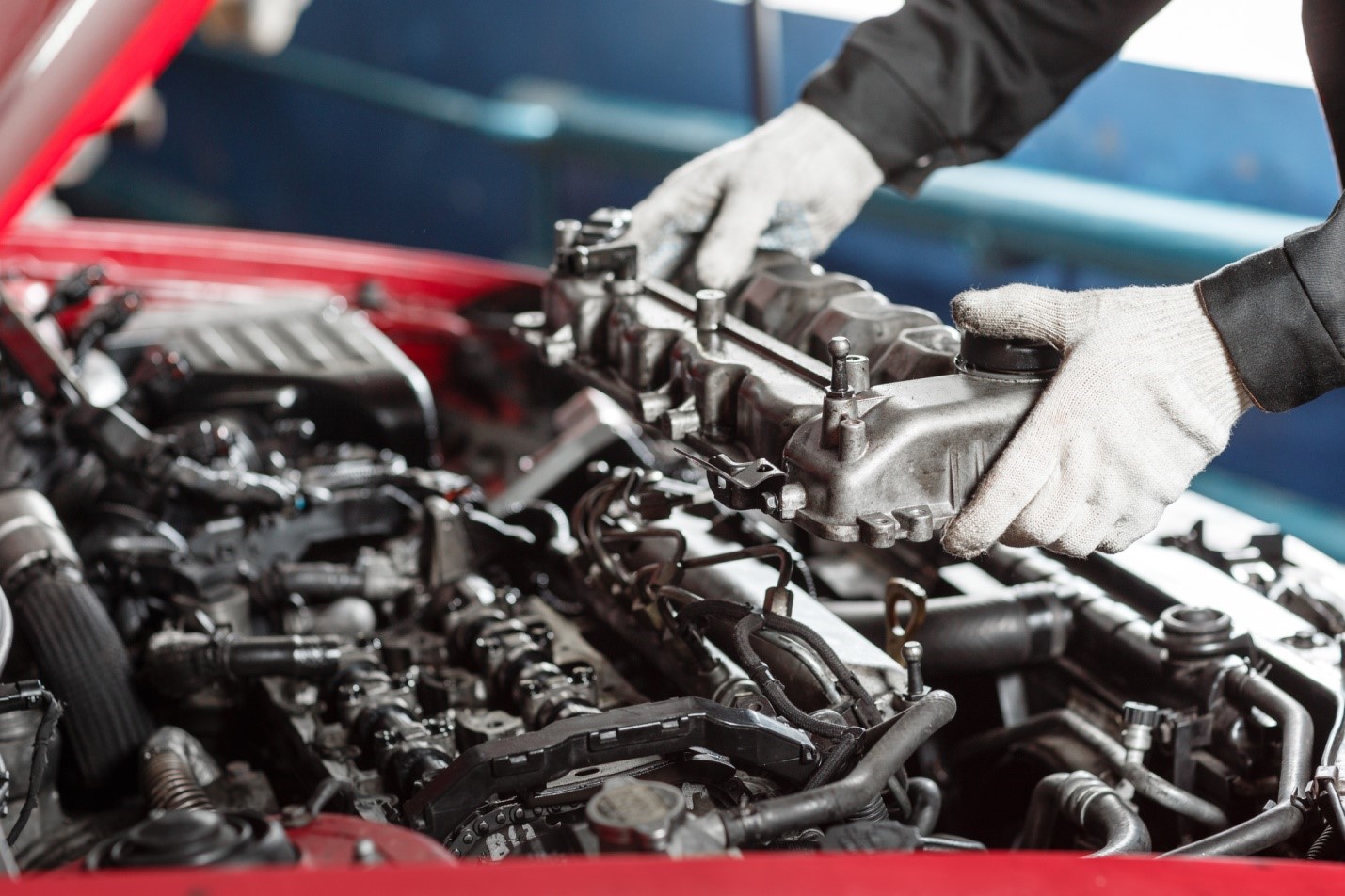What Are the Common Car Engine Problems?
Are you having trouble getting your car started? Do you wish that you could sweet talk your car back into compliance with you?
If you’re like most people, your car is your primary means of transportation. With so much time on the road, it’s important to know what to do when your car starts breaking down.
This is why it’s important to know the common engine problems that you might encounter. If you know what to expect, you’ll be better equipped to deal with it.
Below are common car engine problems you should look out for.
Engine Overheating
Sometimes cars can get too hot, and that’s called engine overheating. It can be a problem because it can damage the car if we don’t take care of it.
Engine overheating can happen if there is not enough coolant. It can also happen if something is wrong with the thermostat, a part that helps control the temperature.
Sometimes the fan that cools the engine doesn’t work properly, or the radiator gets blocked. If the engine is overheating, we might notice signs like the temperature gauge going up, steam coming out, or a strange smell.
To fix engine overheating, we should check the coolant level and add more if it’s low. We can also check if any leaks or things are blocking the radiator.
It’s important to make sure the thermostat and the fan are working well. If the problem doesn’t go away, we can ask a car mechanic for help.
Oil Leaks
One way to identify an oil leak is by observing oil spots on the ground where you parked your car. Additionally, a distinct odor or the sight of oil dripping from under the car can indicate a leak.
To fix an oil leak, it’s important to locate its source. Common areas include the oil pan, valve cover, or other engine components.
After this, replacing a faulty gasket or seal may be necessary. It is crucial to use the appropriate tools and follow instructions during the repair process.
If you notice an oil leak, it’s advisable to inform a car mechanic or a professional technician. They have the expertise to resolve the issue or arrange for professional help if needed.
Regularly checking for oil leaks is an essential part of car maintenance. By addressing any leaks, we can ensure the optimal performance of our car.
Engine Misfires
Engine misfires can occur when the engine doesn’t run smoothly and feels shaky. It’s important to understand what causes this problem and know how to troubleshoot it.
There are several reasons why an engine may misfire. It could be due to a problem with the spark plugs, which are responsible for creating sparks that ignite the fuel.
A faulty ignition coil or a clogged fuel injector can also lead to misfires. Sometimes, it may be due to a problem with the air and fuel mixture or even a sensor issue.
To troubleshoot an engine misfire, we can start by checking the spark plugs and replacing them if necessary. It’s also a good idea to inspect the ignition coils and fuel injectors for any issues. If the problem persists, seeking help from a knowledgeable mechanic is advisable.
What the Check Engine Light Means
The Check Engine Light can get triggered by different things. It might come on if there is a problem with the engine like a sensor not working correctly or an issue with the exhaust system. Other reasons could be a loose gas cap, a weak battery, or even a problem with the car’s computer.
When this light turns on, it’s essential not to panic. The first thing we should do is check if the gas cap is properly tightened. Sometimes, a loose gas cap can cause the light to come on.
If that’s not the issue, it’s best to have a car mechanic, take a look at the car. They have the knowledge and tools needed for engine diagnostics.
Even top-of-the-line cars can have this issue if not properly taken care of. If you happen to own a BMW and experience this issue, you should go to a BMW auto repair shop near you as soon as possible.
Faulty Ignition System
The ignition system in a car helps start the engine and keep it running smoothly. When there are problems with the ignition system, it’s important to know how to diagnose them.
A faulty ignition system can cause difficulties starting the car or even prevent it from starting at all. It may be due to a worn-out ignition switch, a weak or dead battery, or problems with the starter motor. Sometimes, issues with the spark plugs, ignition coils, or distributor can also affect the ignition system.
To diagnose ignition issues, we can start by checking the battery to ensure it has enough power. If the battery is fine, we can inspect the spark plugs and ignition coils for any signs of damage or wear.
It’s also a good idea to check the ignition switch and the starter motor. If we’re unsure about how to perform these checks, it would be much better to seek help from a car mechanic.
Engine Noises
Sometimes, cars can make strange noises from the engine. It’s important to understand what these noises mean so that you’ll know how to fix them.
One common engine noise is a loud knocking sound. This could be a sign of a problem with the engine’s bearings or connecting rods.
Another noise to watch out for is a screeching sound, which might indicate a worn-out belt or a problem with the pulleys. A clicking or tapping noise could be due to issues with the valves or lifters.
When we hear unusual engine noises, it’s essential not to ignore them. We should pay attention and try to identify the source of the noise.
To fix engine noises, it’s best to seek help from a car mechanic or a professional technician. They have the expertise to diagnose the issue and recommend the appropriate car repairs.
Deal With Car Engine Problems Right Away
The bottom line is simple; if you suspect car engine problems, address them ASAP. Ignoring it, or hoping it will go away, could end up costing you a lot more time and money in the future.
Take your car to a qualified mechanic to have it professionally assessed and fixed. Don’t take any chances!
Keep checking out our blog for more great car-related tips and advice!




One Comment